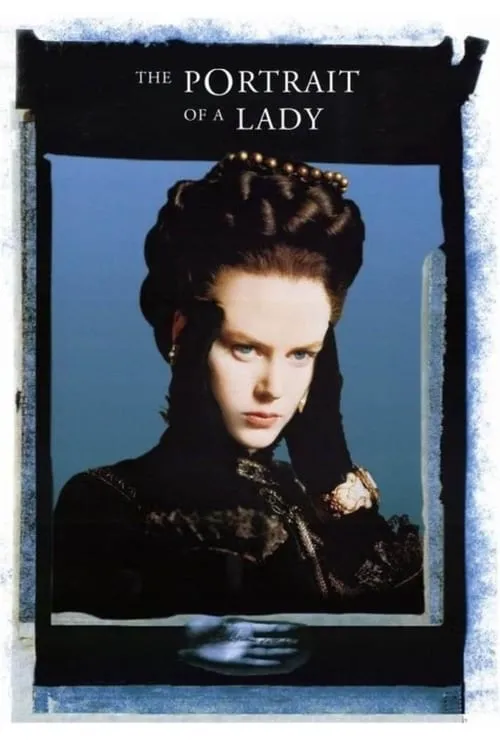The Portrait of a Lady

Enredo
In the late 19th century, the United States and Europe are in the midst of a transformative era, marked by shifting social and cultural values. It's a time of awakening, where women like Ms. Isabel Archer are starting to question the traditional roles assigned to them. Isabelle, a young American woman, is no exception to this trend. She is not only unafraid to challenge societal norms but also possesses a strong-willed nature that refuses to be constrained by the conventional expectations of her time. Isabel's life takes a dramatic turn when she learns that her cousin, Ralph, has written her into his father's will, granting her a substantial inheritance upon his passing. The news is met with both excitement and trepidation, as Isabel is suddenly catapulted into a world of affluence and social standing. Her newfound wealth brings with it opportunities and responsibilities that she is still learning to navigate. As Isabelle sets out to explore the world, she encounters a cast of characters who are drawn to her intelligence, passion, and free spirit. Among them is the enigmatic and cynical intellectual, Gilbert Osmond. A charismatic and calculating individual, Gilbert is immediately taken with Isabelle's independence and is determined to make her his own. He becomes a central figure in her life, influencing her thoughts and actions with his intellectual prowess and subtle manipulation. Isabelle also meets another candidate for her affections, the charming and enthusiastic artist, Ralph's uncle, Edward Rosier. A suave and cultured individual, Edward is smitten with Isabelle and believes that she is the perfect partner to share his life and artistic pursuits. As Isabelle finds herself drawn to both men, she begins to see the world through their unique perspectives. However, as Isabelle delves deeper into the world of her new relationships, she is forced to confront the harsh realities of her situation. Gilbert, in particular, seems to be hiding something behind his façade of charm and wit. His motivations for pursuing Isabelle become increasingly opaque, and she begins to question whether his intentions are genuine or driven by a desire to add her to his collection of possessions. As the novel hurtles towards its climax, Isabelle finds herself caught in a complex web of relationships and motivations. She must navigate the treacherous landscape of her own desires, the expectations of those around her, and the corrupting influence of her newfound wealth. Ultimately, she is forced to make a choice that will have far-reaching consequences for her own happiness and personal growth. The Portrait of a Lady is a nuanced exploration of the human condition, one that probes the complexities of relationships, identity, and the social conventions that shape our lives. Through Isabelle's journey, the novel exposes the dark underbelly of 19th-century Europe, where the pursuit of wealth and status is often accompanied by moral compromise and intellectual dishonesty. Ultimately, the novel is a powerful critique of the societal norms that restrict women's freedoms and choices. Isabelle's struggle to maintain her independence and autonomy in the face of societal expectations serves as a testament to her agency and resilience. As the novel reaches its conclusion, it is clear that the portrait of a lady is not just a work of art but a reflection of the woman herself – complex, multifaceted, and always striving for self-discovery and growth.
Resenhas
Recomendações




